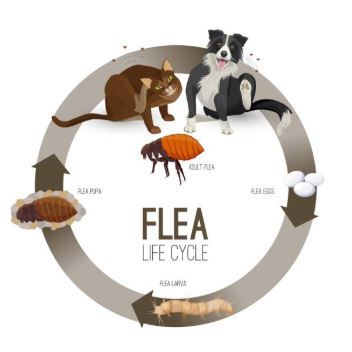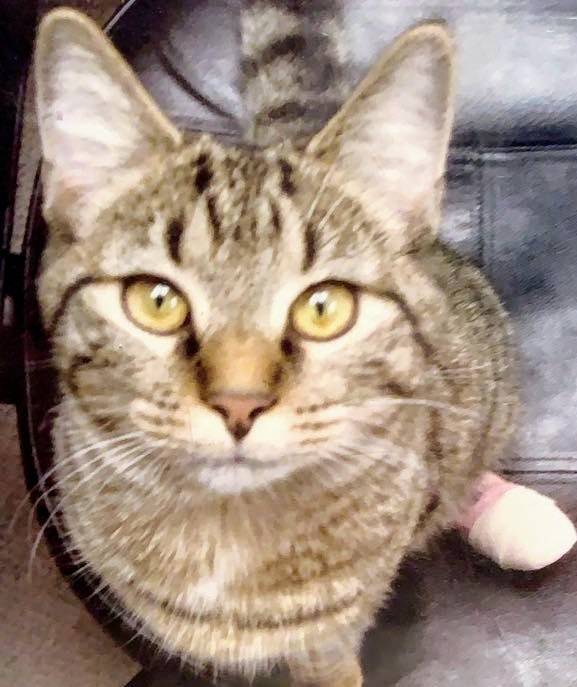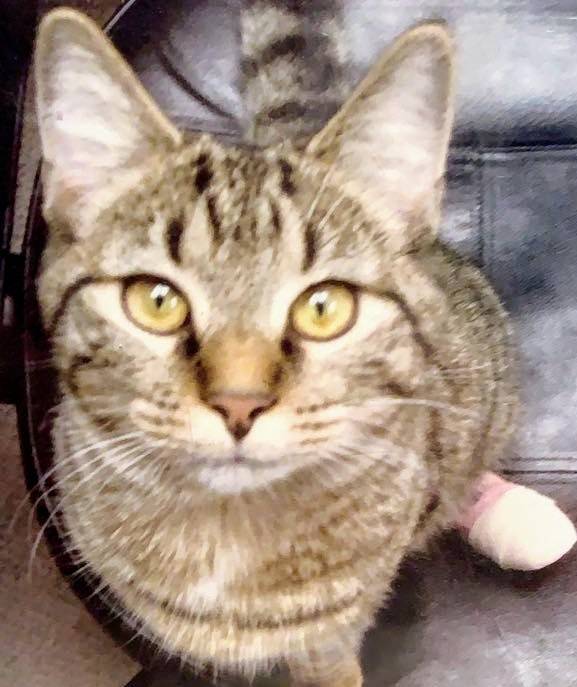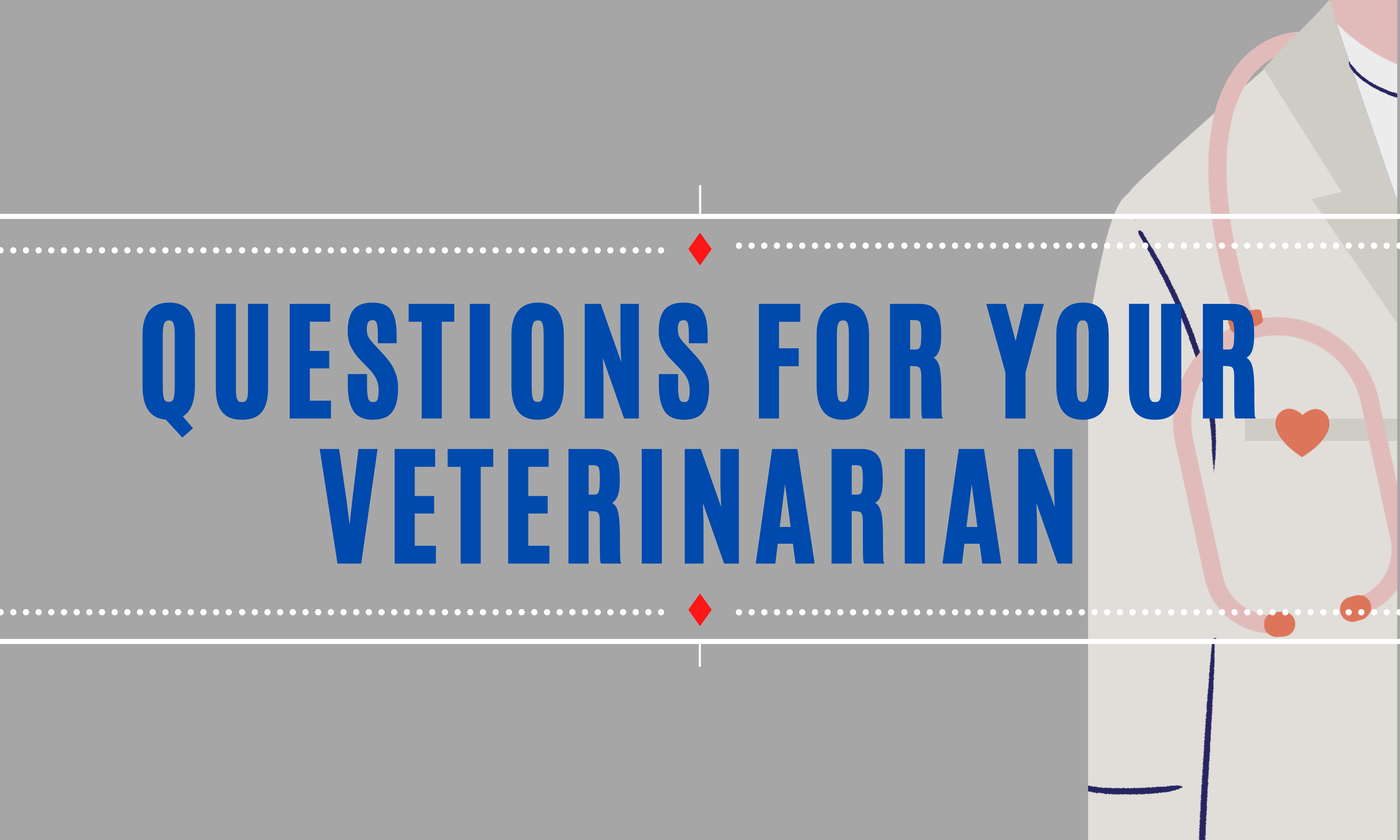Flea Prevention & CH Pets
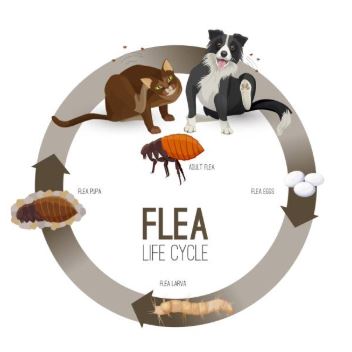
Often we are asked about flea prevention and cerebellar hypoplasia and if flea prevention treatments are safe to use on your CH pet and we answer with the same every time — YES, but ALWAYS consult your veterinarian about your concerns and which product is right for your pet!
Lots of “CH” pet parents post on cerebellar forums and pages lamenting about certain prevention and products may have harmed or proved fatal for their special pet which is frustrating because applying prevention to a cerebellar hypoplasia pet is not the lethal combination that people make it out to be!
In both humans AND animals anything (medication or otherwise) can have side effects or be potentially fatal (this can also be said for products that are coined as “green” or natural/holistic) so we always stress to do your homework and have an open dialog with your veterinarian!
Anytime a person (or animal) has any kind of reaction while on a certain medication the F.D.A is required to list this on their potential adverse reactions list which could range from mild reactions to potentially fatal. Just because there is an “adverse reaction” listed for that particular medication does NOT mean that it automatically unfit for your special baby!
Isoxazoline, Prevention & Pets
- The FDA is alerting pet owners and veterinarians of the potential for neurologic adverse events in dogs and cats when treated with drugs that are in the isoxazoline class.
- The FDA-approved drugs in this class are Bravecto (fluralaner) tablets for dogs, Bravecto (fluralaner) topical solution for cats and dogs, Bravecto Plus (fluralaner and moxidectin) topical solution for cats, Bravecto 1-month (fluralaner) tablets for cats, Nexgard (afoxalaner) tablets for dogs, Simparica (sarolaner) tablets for dogs, Simparica Trio (sarolaner, moxidectin and pyrantel) tablets for dogs, Credelio (lotilaner) tablets for dogs and cats, and Revolution Plus (selamectin and sarolaner) topical solution for cats. These products are approved for the treatment and prevention of flea infestations, and the treatment and control of tick infestations. Some of these products also have other indications.
- Although these products can and have been safely used in the majority of dogs and cats, pet owners should consult with their veterinarian to review their patients’ medical histories and determine whether a product in the isoxazoline class is appropriate for their pet.
What should I know?
- The FDA considers products in the isoxazoline class to be safe and effective for dogs and cats but is providing this information so that pet owners and veterinarians can take it into consideration when choosing flea and tick products for their pets.
- Isoxazoline products have been associated with neurologic adverse reactions, including muscle tremors, ataxia, and seizures in some dogs and cats;
- Although most dogs and cats haven’t had neurologic adverse reactions, seizures may occur in animals without a prior history;
- Many products are available for prevention and control of flea and tick infestations. You can discuss all options with your veterinarian to choose the right product for your pet.
What products are in the isoxazoline class?
- The FDA-approved drugs in this class are
- Bravecto (fluralaner) tablets for dogs
- Bravecto (fluralaner) topical solution for cats and dogs
- Bravecto Plus (fluralaner and moxidectin) topical solution for cats
- Bravecto 1-month (fluralaner) tablets for cats
- Credelio (lotilaner) tablets for dogs and cats
- Nexgard (afoxalaner) tablets for dogs
- Simparica (sarolaner) tablets for dogs
- Simparica Trio (sarolaner, moxidectin and pyrantel) tablets for dogs
- Revolution Plus (selamectin and sarolaner) topical solution for cats
- These products are approved for the treatment and prevention of flea infestations, and the treatment and control of tick infestations.
What should I do if my pet has an adverse drug event while using an isoxazoline product?
- If your dog or cat experiences any adverse event while using an isoxazoline product, first consult your veterinarian.
- The FDA continues to monitor adverse drug event reports for these products and encourages pet owners and veterinarians to report adverse drug events. You can do this by reporting to the drugs’ manufacturers, who are required to report this information to the FDA, or by submitting a report directly to the FDA.
- To report suspected adverse drug events for these products and/or obtain a copy of the Safety Data Sheet (SDS) or for technical assistance, contact the appropriate manufacturers at the following phone numbers:
- Merck Animal Health (Bravecto): 800-224-5318
- Elanco Animal Health (Credelio): 888-545-5973
- Boehringer Ingelheim (Nexgard): 888-637-4251
- Zoetis (Simparica, Revolution Plus): 888-963-8471
- If you prefer to report directly to the FDA, or want additional information about adverse drug experience reporting for animal drugs, see How to Report Animal Drug and Device Side Effects and Product Problems.
- Pet owners and veterinarians who have additional questions can contact AskCVM@fda.hhs.gov or call 240-402-7002.
- An adult flea that jumps on your pet will begin to feed on your pet’s blood immediately and excrete flea dirt or digested blood so the flea larvae can feed on the flea dirt later.
- Adult male and female flea mate on the host (your dog or cat).
- Each adult female will lay up to 50 eggs per day 1-2 days after it gets on your pet.
- The flea eggs and flea dirt on your pet, will drop off of your pet on to your carpet, sofa and bedding.
- In 2 -5 days, the Larvae will hatch from the eggs and the larvae develops by feeding on the flea dirt and organic debris. Larvae development time is between 5-21 days depending on the environment and nutrition.
- The larvae will develop into a pupae by making a cocoon.
- Pupae development takes about 8-13 days, but can take up to 30 weeks in poor conditions.
- New adults emerge and are waiting for a new warm-blooded host to feed on.
Diseases Caused by Fleas
- Flea allergy dermatitis is the most common problem. Your pet will become itchy and will cause a severe irritation and inflammation leading to secondary skin infection.
- Heavy flea infestation can lead to anemia (low red blood cells) and in very young animals, this could be serious and even lead to death.
- Fleas can transmit a variety of diseases: Rickettsial diseases, Bartonella henselae, Dipylidium caninum, Acanthocheilonema, Yersenia pestis (plague), Trypanosoma lewisi, Mycoplasma diseases, Francisella tularensis.
Diagnosis
Fleas look like a small black sesame seed. It moves quickly between your pet’s coat. The best way to see fleas on your pet is to run your hands against the grain of the coat. You will see the flea moving very quickly trying to escape. You may also see flea dirt (digested blood meal) which looks like black pepper. The larvae and pupae are difficult to see because it is small and blends into the environment.
Preventing Fleas
Preventing fleas is much easier that treating fleas so it is best to prevent your pets from getting fleas. The best way to prevent fleas is to use a product that has efficacy against all stages of the flea life cycle. While there are many flea prevention products in the market, Simparica and Nexgard are very effective monthly flea prevention.
Flea Treatment for Dogs and Cats
If your pet is infested with fleas, a comprehensive elimination program should be implemented.
- Immediately place your pet on prescription strength comprehensive flea prevention such as Simparica or Nexgard to kill the fleas and to prevent re-infestation.
- Bathe your pet to remove fleas, and flea dirt. Repeat bathing as needed.
- Vacuum all floors, sofas, beds and rugs thoroughly and frequently.
- Flea life cycle will take several months to break so monthly flea prevention is imperative to eradicate flea infestation.
- In areas where there is heavy flea population, professionally treating the yard may be needed.
Health Risks for People
The common flea of the dog is Ctenocephalidies felis. This flea can cause a number of diseases which can be transmitted to people. Bartonella henselae causes cat scratch disease, Rickettsia typhus causes flea borne typhus, Dipylidium caninum causes tapeworms to name a few. Dogs and cats can acquire rodent fleas. When these fleas leave the host and bite humans, flea bites can cause bubonic plaque (Yersenia pestis).
What Prevention does “President Bifford” utilize?
With the supervision of his veterinarian (shout out to Dr. Courtney Cameron at Niles Veterinary Clinic for loving the “handicats”) Bifford gets Advantage Multi (a topical treatment that is applied every 30 days that covers fleas, intestinal parasites, ear mites & heartworms) and Bart has on the Seresto collar (the collar is good for 8 months and covers fleas & ticks and according to the Bayer Pharmaceutical representative they are “break away” collars if need be but I cannot confirm nor deny that claim at this point) and both have had zero issues or complications and are well protected against fleas (despite them being strictly indoor cats they can STILL get fleas either from a flea jumping into a screen door or window or you bringing a flea in on the bottom of your pant leg or shoe!).
The one thing we ALWAYS stress is to NEVER trust or use “over-the-counter” flea prevention as they are not protected by the F.D.A nor are they regulated for your pet’s safety! Furthermore if your pet has a reaction to an “OTC” product your veterinarian may struggle to get them the best possible care because often times we do not know ALL of the ingredients that go into those store-bought preventions (or how much goes into them) so always PLAY IT SAFE and talk to your veterinarian about the prevention best suited for your pet and purchase it from your veterinarian’s office!
